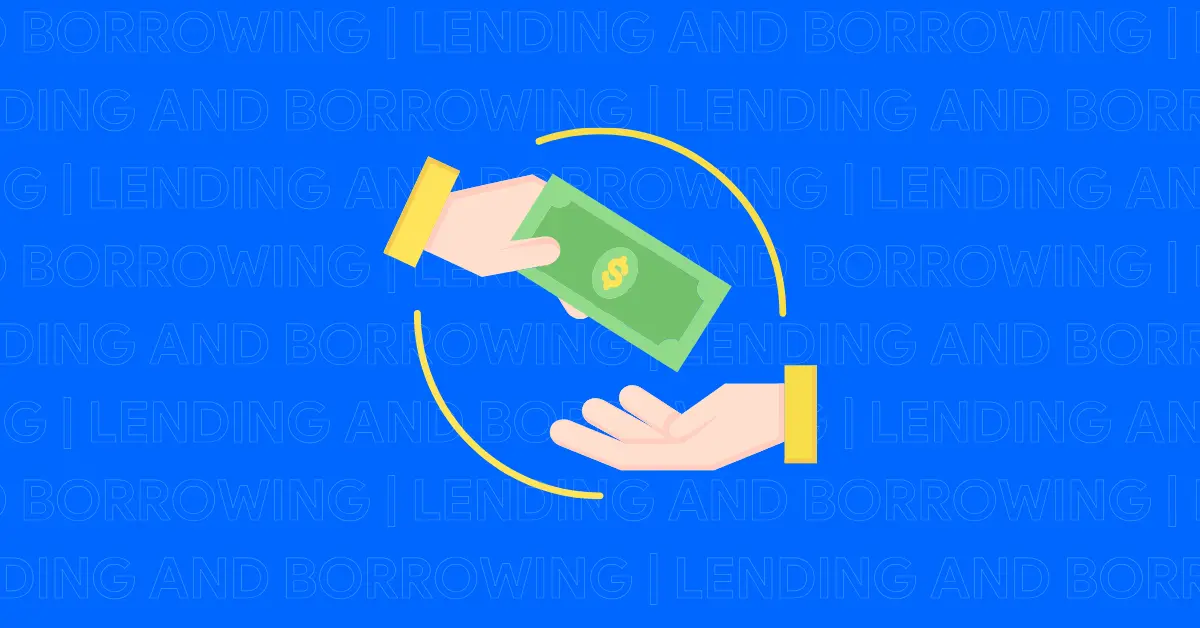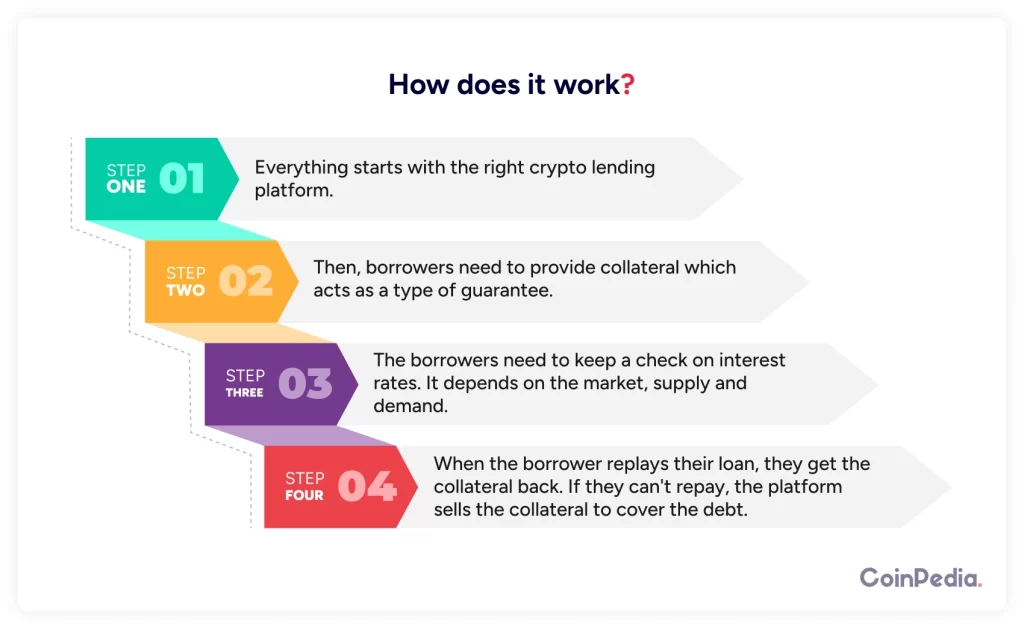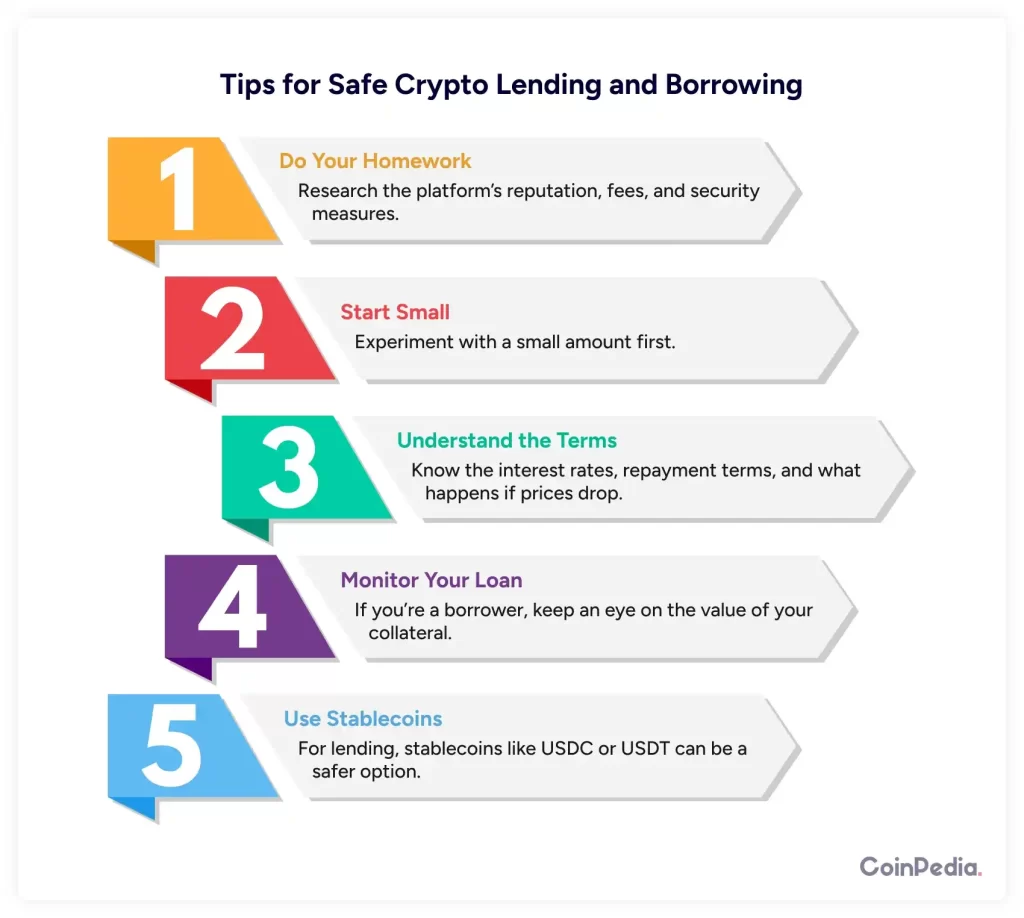
What if you could put your crypto to work instead of letting it just sit in your wallet?
That’s the magic of crypto lending and borrowing. It’s like traditional loans but with a digital twist. If you’re curious about how it works, you’re in the right place.
Let’s break it down together.
What Is Crypto Lending and Borrowing?
At its core, crypto lending is when you lend your cryptocurrency to someone else in exchange for interest. Borrowing, on the other hand, is when you take out a loan using your cryptocurrency as collateral.
You can think of it as a high-tech version of borrowing a cup of sugar from your neighbor—except instead of sugar, it’s Bitcoin or Ethereum.
Still with me? Great! Let’s go deeper.
Why Would Anyone Lend or Borrow Crypto?
You might wonder: why go through all this instead of just using regular loans or keeping crypto untouched?
Here are a few reasons:
For Lenders:
- Earn Passive Income: Your crypto isn’t just sitting idle. It’s earning interest.
- Compound Gains: Let’s say you’re already holding Bitcoin. Lending it means you earn more crypto on top of it.
For Borrowers:
- Access Liquidity Without Selling: Imagine you own some Ethereum, and its price is going up. You don’t want to sell it, but you need cash. Borrowing lets you use the value of your crypto without losing it.
- Lower Interest Rates: Compared to credit cards or personal loans, crypto loans can be cheaper.
How Does It Work?

Step 1: The Platform
Everything starts on a crypto lending platform. Popular ones include Aave, Compound, and BlockFi. These platforms connect lenders and borrowers.
Step 2: Collateral
Borrowers need to provide collateral—a type of guarantee. If they fail to repay, the platform keeps their collateral. Usually, the collateral is worth more than the loan itself. Why? Because crypto prices can swing wildly.
For example:
- You want to borrow $1,000 worth of USDC (a stablecoin).
- The platform might ask for $1,500 worth of Bitcoin as collateral.
Step 3: Interest Rates
Interest rates depend on supply and demand. If many people want to borrow a particular coin, rates go up. If there’s less demand, rates drop.
Step 4: Loan Repayment
When the borrower repays the loan, the collateral is returned. If they can’t repay, the platform liquidates (sells) the collateral to cover the debt.
Easy so far?
Let’s look at real-life examples to make it even clearer.
Example Time: Meet Anna and John
Anna the Lender
Anna has 1 Bitcoin. She’s not planning to sell it anytime soon, so she decides to lend it out on a platform. The platform offers her a 5% annual interest rate. Over a year, Anna earns 0.05 BTC in interest. Not bad for doing nothing, right?
John the Borrower
John needs $10,000 to expand his online business. He has 2 Ethereum but doesn’t want to sell it because he believes its price will rise. He uses his 2 ETH (worth $12,000) as collateral and borrows $10,000 in stablecoins. John agrees to pay 8% interest.
- If John repays the loan on time, he gets his ETH back.
- If he can’t repay, the platform sells some or all of his ETH to recover the $10,000.
See how it works? It’s all about making assets work smarter.
Risks You Should Know
Crypto lending and borrowing aren’t without risks. Here’s what you should watch out for:
- Price Volatility: Crypto prices can change fast. If the value of your collateral drops too much, the platform might liquidate it. This is called a margin call.
Example: John’s ETH drops to $8,000. Since it’s no longer enough to cover the $10,000 loan, the platform sells part of his ETH to make up the difference. - Platform Risk: Not all platforms are created equal. Some may face technical issues or even go bankrupt. Always choose a reputable platform.
- Smart Contract Bugs: Many crypto lending platforms run on smart contracts—automated programs that execute the loan terms. If there’s a bug in the contract, funds could be lost.
- Regulatory Risks: Governments around the world are still figuring out how to regulate crypto. Changes in laws could affect how platforms operate.
Tips for Safe Crypto Lending and Borrowing

- Do Your Homework: Research the platform’s reputation, fees, and security measures. Look for user reviews.
- Start Small: If you’re new, don’t go all in. Experiment with a small amount first.
- Understand the Terms: Read the fine print. Know the interest rates, repayment terms, and what happens if prices drop.
- Monitor Your Loan: If you’re a borrower, keep an eye on the value of your collateral. Be ready to add more if needed.
- Use Stablecoins: For lending, stablecoins like USDC or USDT can be a safer option. They’re pegged to the US dollar, so their value doesn’t fluctuate as much.
The Future of Crypto Lending and Borrowing
This space is growing fast. More platforms are popping up, and traditional banks are starting to pay attention. Why? Because crypto lending offers something unique: it’s fast, global, and doesn’t require a perfect credit score.
Decentralized Finance (DeFi)
Platforms like Aave and Compound are part of DeFi—a movement to replace traditional financial services with blockchain-based solutions. Here, everything runs on smart contracts. There’s no middleman, which means lower fees and more transparency.
Centralized Platforms
Then there are platforms like BlockFi, Celsius, or Nexo. These work more like traditional banks but with crypto. They’re user-friendly and cater to people who aren’t tech-savvy.
What next?
Crypto lending and borrowing can seem intimidating at first, but it’s really just another way to make your assets work harder. Whether you’re a lender looking to earn passive income or a borrower needing quick cash, there’s an opportunity here.
Just remember: always weigh the risks and rewards. Start small, stay informed, and never invest more than you can afford to lose. If done right, crypto lending and borrowing can open doors to financial freedom.
FAQs
Crypto lending involves lending your digital assets to earn interest, or borrowing using crypto as collateral to get a loan.
You can earn passive income by lending your crypto to others on platforms, receiving interest as a return on your investment.
Risks include price volatility, platform issues, smart contract bugs, and regulatory changes that could affect the value of your collateral.
Yes, by using your cryptocurrency as collateral, you can borrow funds without selling your assets, allowing you to keep ownership.
Crypto lending carries risks like volatility and platform instability. Always choose reputable platforms and be aware of collateral requirements.
Well Done! You have now completed the Lesson.
Complete the Quiz and Get Certified! All The Best!
We'd Love to Hear Your Thoughts on This Article!
Was this writing helpful?
 Yes
Yes  No
No
Disclaimer and Risk Warning
The information provided in this content by Coinpedia Academy is for general knowledge and educational purpose only. It is not financial, professional or legal advice, and does not endorse any specific product or service. The organization is not responsible for any losses you may experience. And, Creators own the copyright for images and videos used. If you find any of the contents published inappropriate, please feel free to inform us.



